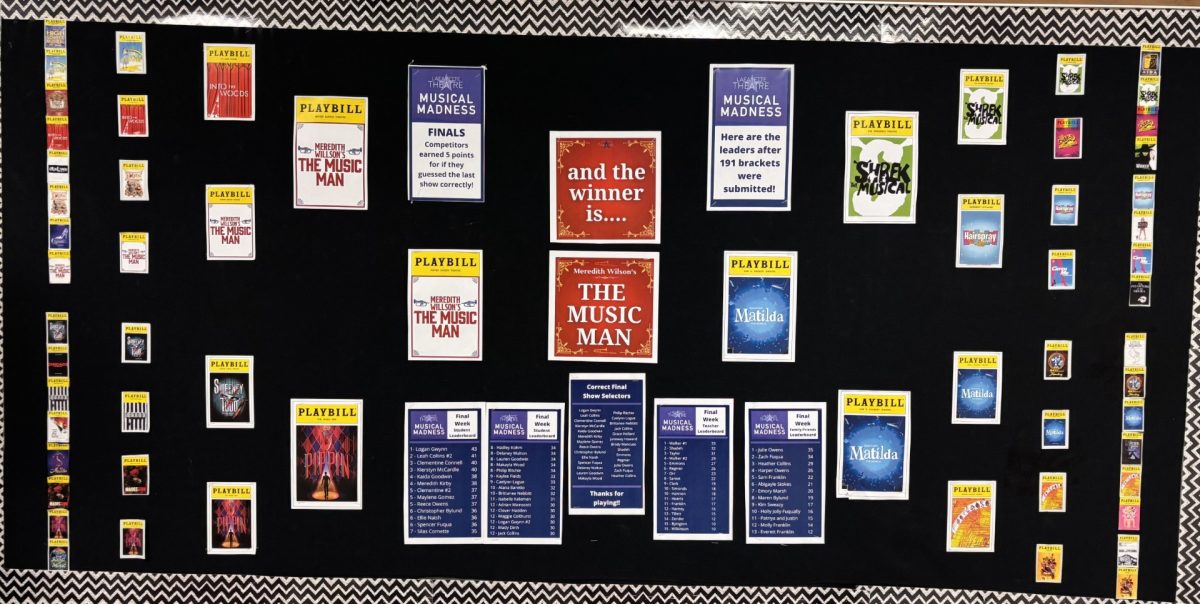Have you ever wondered how a pointe shoe is made, how it is prepared to be danced on for hours, or how often dancers have to get new shoes?
Pointe shoes are made of four main components: the ribbons, the box, the vamp, and the shank. What is the purpose of each of these components? Thankfully, the article Anatomy of a Pointe Shoe, gives us the perfect answer. The ribbons “…will ensure the shoes stay on the foot”, the box “…encases the toes”, and the vamp “…covers the top of the foot and the metatarsals,” which are the bones of your toes and feet. Meanwhile, the shank provides support and flexibility for the dancer.
As the article Ballet Pointe Shoes Pastes points out, pointe shoes comprise several materials. The outside is made up of a beautiful satin, made to create beautiful lines to match the ballet dancer’s “ballet pink” tights. The pointe shoe’s toe block is a firm box of layers of fabric, cardboard, and paper at the tip of the shoe. These materials are packed together and are connected using a paste. The shank of a pointe shoe is typically made of a thin piece of leather.
A common misconception about pointe shoes is that they only come in one size or shape. Dance store Capezio currently has 18 different pointe shoe styles available on its website. Pointe Shoe Guide says, “With the different styles, widths, and sizes available, BLOCH (an online dance attire and shoe brand/store) offers over 1000 variations of pointe shoes.” BLOCH states that examining your foot shape, width, length, etc., is important before purchasing a pointe shoe.
Ballet dancers often modify their pointe shoes to accommodate their different needs. Performative Progress, Pressure, and Pointe Shoes: Diverse Shades in DanceWear states that “…many dancers have to pancake (a technique used by non-white ballerinas to match their shoes to their skin color), dye, and modify their products just to achieve a clean line.”
When sophomore Lilly Rhodes, a SCAPA Ballet Major was asked, “How do you modify or change your pointe shoes before you dance in them?”, she responded with, “I sew my ribbons and elastics on, then darn them.” Damming is when the dancer sews yarn around the box of the shoe for better balance. ”…And I jet glue my shank to make it harder, so it doesn’t die as fast.” Jet gluing the shoes helps keep them from falling apart, especially with constant use.
When asked the same question, freshman Yuki Mason, a long time ballet dancer, told The Times, “I bend them and sometimes put the box in a door frame, but then they’re fine. It doesn’t really take much.” Mason agreed that all dancers have a very different process of preparing their pointe shoes. All dancers have different feet, so the preparation for each shoe is different.
So, the next time you see a ballet dancer, remember that their pointe shoes are made of four main components, come in many different shapes and sizes, and are adjustable to fit each dancer.

















